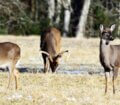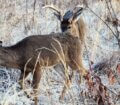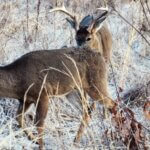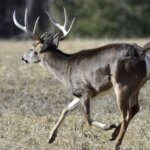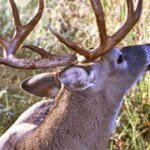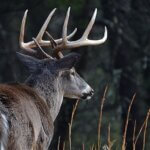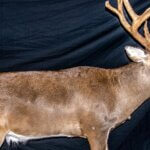Editor’s Note: Is there a better way, a more-scientific way to hunt deer? Can we use scientific information to plan our hunting strategies? The answer to these questions is, “Yes.” But hunting can’t be best learned by reading textbooks. Since conditions change throughout the day, knowing when to leave a tactic and/or change strategies is as critical to successful hunting as the wealth of information the hunter takes into the woods with him.

To discover how to hunt better, some years ago, I talked with the late Dr. Billy Hillestad, who had a PhD in wildlife ecology, a master’s degree in wildlife management and had taken more than 200+ deer in his lifetime. Hillestad had studied population dynamics and the behavior of deer throughout his academic career. As a hunter, Dr. Hillestad had spent thousands of hours not only learning how and where to take deer more effectively, but also understanding the basic nature of the deer by attempting to pre-determine when, where and why a buck would show-up at certain places in the woods. What he’d learned then about deer behavior still will help us hunt deer better today.
Dr. Hillestad’s Goal
Hillestad’s goal was to spend most of the time he had to hunt in the most-productive area of the woods trying to take a whitetail. To hunt more efficiently, Hillestad drew on his education and knowledge of deer to help him determine where and when a buck might appear and how to best approach the buck without spooking him. When Hillestad hunted a new area he’d never been in before, his goal was to read the deer sign, find a buck and attempt to bag him.
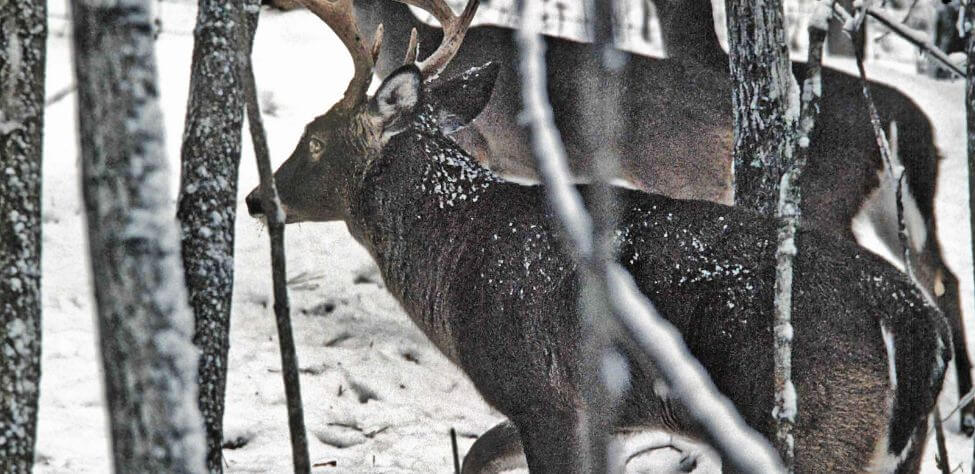
A Hunter Should Read the Terrain to Hunt Deer
“On the way to the spot where I plan to begin my hunt, I’ll notice the terrain,” Dr. Hillestad explained. “For instance, if I see a small stream, I’ll know a creek bottom will be running through my stalk area, which should include some hardwood timber and good habitat for deer. Also, I assume mast trees and acorn trees will be somewhere in that stream bottom. Although this data may seem insignificant, I make notes of that information for future reference in my hand-held or phone GPS or my onX or HuntStand apps. I also observe as I enter my hunt area whether any supplemental food plots like green fields are present, and which roads or paths in the area pass by the green fields.”
A Hunter Should Know the Weather Forecast
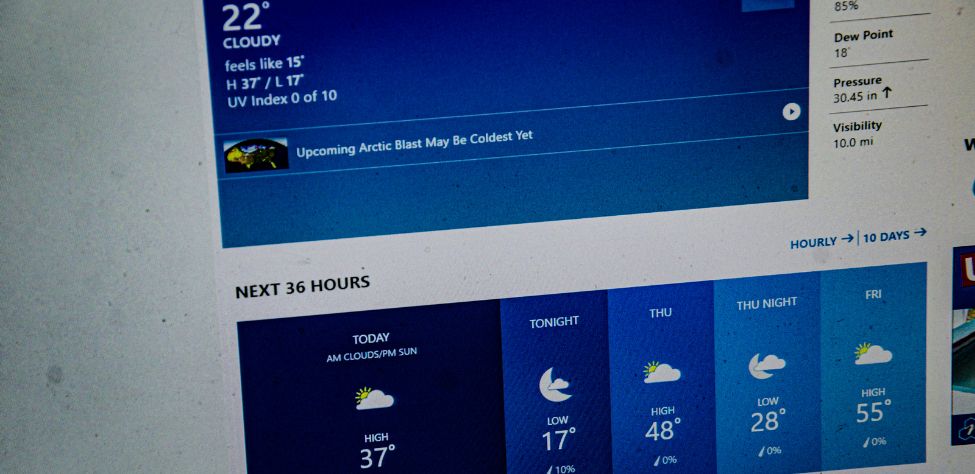
“If a cold front is moving in, a deer will be filling its belly with food before it comes into an area,” Dr. Hillestad reported. “When a cold front arrives, deer in the affected region lose much of their heat and many calories. A deer requires more food than usual to sustain itself in colder weather and will eat more heavily just before a front.”
Tomorrow: Understand Deer Sign

How to Hunt and Take Big Buck Deer on Small Properties
In this book, you’ll hear from 14 hunters who either have gained permission or leased properties as small as six acres to as much as 250 acres, and how they consistently take older-age-class bucks off these little lands.
VERSIONS: AUDIBLE, KINDLE & PRINT

Jim Crumley’s Secrets of Bowhunting Deer
Using a black magic marker and a gray work jumpsuit, Jim Crumley of Buchanan, Virginia, drastically changed the nature and purpose of hunting camouflage when he created the first sportsman’s camouflage – Trebark. Crumley’s love of bowhunting and his desire to be more invisible changed hunting clothing forever.
In this hunting guide, he shares the wisdom that he’s learned throughout his lifetime about how to be a hunter, how to find a deer lease, how to scout for deer, and more.
Special features include how to:
- Have a magic 60 acres to hunt
- Decide the best equipment to use
- Find deer year-round
- Locate land to hunt
- Know the best place to put your tree stand
- Get bucks within bow range
VERSIONS: AUDIBLE, KINDLE & PRINT

How to Hunt Deer Like a Pro
How do you know if the land you hunt has a trophy deer on it? Wildlife manager Bob Zaiglin, of Uvalde, Texas and Jim Crumley, the father of modern-day hunting camouflage, tells you how to find out. GPS can make finding and taking that trophy buck easier. This hunting guide will teach you how to hunt big bucks where no one else can find them, how to call deer, and how to become versatile as a deer hunter, so that if one deer tactic doesn’t work, another one will.
In the chapter, “How to find Bucks at Scrape,” Dr. Keith Causey, retired professor of Wildlife Science at Auburn University, describes the best way to hunt a scrape.
Brad Harrison of Neosho, Missouri, is a nationally-known videographer, professional deer hunter and master at calling deer. Another master is Will Primos of Primos Game Calls. These two experts will tell the best deer calls and when to use them in this book.
And for over 20 years, Bo Pitman, lodge manager of White Oak Plantation, has been studying deer movement patterns. He explains what types of conditions are best for predicting deer movement.
VERSIONS: AUDIBLE, KINDLE & PRINT

Deer hunting and deer hunters are drastically changing each year. To learn new techniques for hunting deer and have more places to hunt, I’ve interviewed some of the best deer hunters in the nation and share their tactics in How to Hunt Deer Like a Pro: Volume II.
In Chapter 10, Jacob Lamar tells you his tactics for consistently taking older-age-class bucks on public lands in several states. Chapter 11, Bob Walker explains how to find places on public lands where you can hunt that 99 percent of the other hunters never have considered hunting. The Bonus Chapter with David Ramey tells you how, where, when and with what equipment to take big Kansas bucks on public lands by hunting in 100-degree weather when others won’t hunt.
Chapter 13, Mark Drury, his family and his guests take mature bucks every season by having more small places to hunt rather than one large property. Drury explains the strategy of having satellite farms to hunt that only may be 50-150 acres each or less. Chapter 15, Pat Reeve, who hunts far-northern states and Canada, says, “I don’t like hunting for mature bucks until the weather is 20 degrees or less.” Chapter 4, Dr. Larry Marchinton says that funnels are the most-reliable stand sites to hunt for big bucks and tells why.
VERSIONS: AUDIBLE & PRINT

